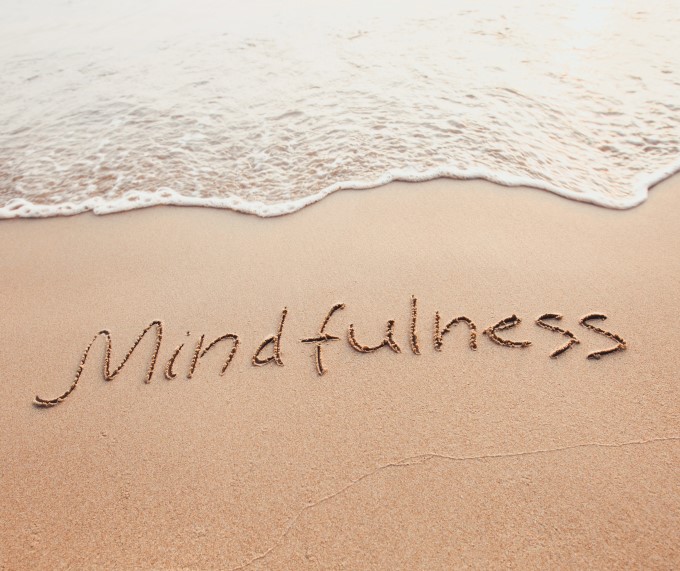What does mindfulness have to do with adoption?

By Leah Lusk, content specialist
Mindfulness means being mindful – in other words, paying attention to the present moment and observing our thoughts and feelings without becoming overwhelmed by them. This concept is relevant to everyone, including everyone in the adoption constellation. Adoptees, birth parents, and adoptive parents can all benefit from using mindfulness to be more aware of what they are thinking and feeling about their adoption experience. If you’re a birth parent who has attended the OA&FS birth parent gathering, you know that there’s almost always a mindfulness exercise at the beginning or end of the event. The counselors who host the gatherings know that talking about adoption can bring up difficult feelings, and mindfulness helps everyone stay present with one another.
Similarly, the OA&FS adoptee group often uses writing exercises to explore thoughts and feelings. This is another way of being mindful! And, if meditation is your thing, adoptee and writer Anne Heffron shares a meditation for adoptees on her blog.
Now, let’s explore adoptive parenting and mindfulness just a bit deeper. Parenting is stressful, and some research shows that parenting through adoption can often involve additional layers of stress due to infertility, uncertainty about if you’ll become parents or when, and the increased complexity in parenting due to the trauma a child experiences through relinquishment and adoption. All that means mindfulness becomes extra important for adoptive parents.
The Oregon Post Adoption Resource Center (ORPARC) has a great short video (less than 7 minutes!) about mindfulness, regulation, and resilience. The video is part of ORPARC’s Short Supports collection, which you can find on YouTube. In the video, you’ll hear that caregivers who are able to self-regulate, keep their cool, and have a soothing presence help their kids have better outcomes. It doesn’t mean it’s always easy – everyone gets dysregulated, of course – but if you remain guided by your goal of being child-centered, it can help.
In the video, you’ll be introduced to the five B’s: the brain, the body, the (heart)beat, the breath, and the buffer. Check it out!